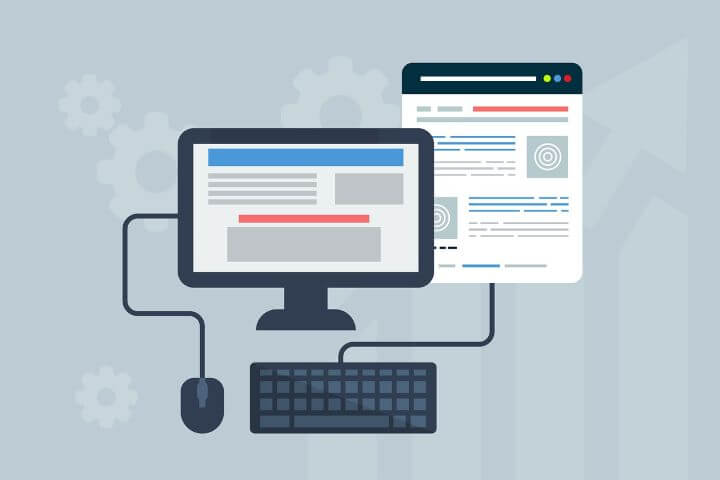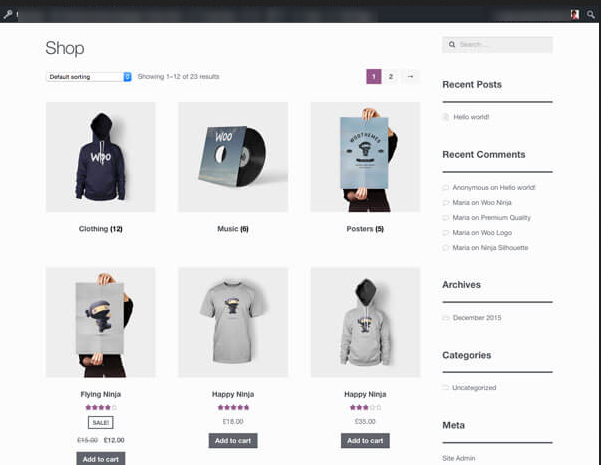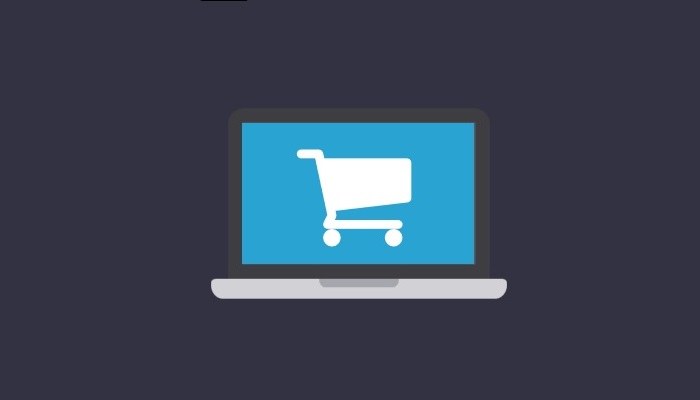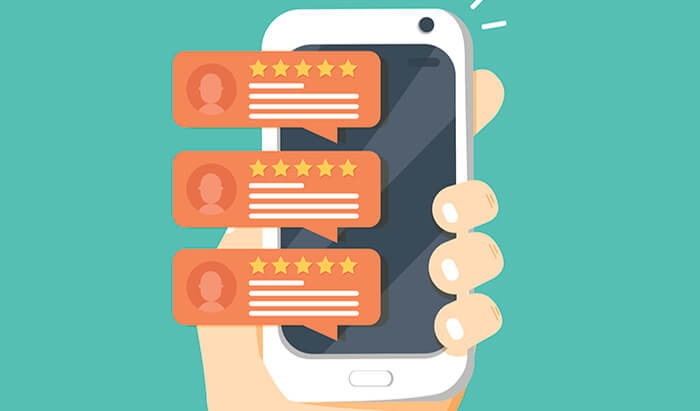Understanding the role of website for customers
In today’s day and age where everything is online, businesses can’t be run traditionally offline alone. Every business, offline or online, needs to have a website to operate and function well in today’s world.
Table of Contents
Not just for customers but also for business partners, suppliers etc, a website acts as an informant about your company stating who you are or what do you do as a brand.
Websites are essentially an easy representation of your brand which can also work as an online marketplace for your customers to buy products or services from.
The importance of having a website for any business is crucial for good businesses. Even for customers, it plays different roles at different points of time.
So it becomes a guide for customers in the understanding and determination of several factors like what does your brand stands for, what is the vision and mission of your brand, which product to buy for a particular need, how to get the product payment done and get the product delivered, etc.
All these things are the role of website in guiding the journey of your customers. These roles change with each stage of customer experience on your website. Let’s discuss these roles below in detail.
1. Know and Like your brand
Role of website in knowing and developing a liking for your brand in the minds of your customers is the first step in your website’s customer guiding journey.
There are several ways through which your website can be discovered by your target customers. For example, on hoardings, pamphlets, newspaper or social media ads, your website URL is the most important point of contact. Through the mention of your URL, it becomes easy for your customers to reach you.
Right content and keywords on your websites can also make your customers discover you directly on any of the search engines without any links through the third party.
This is, however, just the process to reach your website. It only incorporates the aspect of knowing your website. For your customers to start liking your website, you will have to design and develop your website in the right way.
Your brand’s image and the brand message should reflect not just in the content of your website but also in the design, layout and color combination. Your website should also be easy to navigate and make a purchase.
It should properly inform your customers about anything they might need to know. Not just that, it should also help your customers with virtual assistance if required.
These aspects, if properly incorporated on your website, are sure to make your customers not just know but also like your brand.
2. Trust and Try your products or services
Your customers must trust your products enough to try them. It takes a lot of strategy in marketing and public relations in order to get the traffic on your website converted into customers.
There is no point in building getting traffic on your website if they are not ready and convinced to try your products and services.
The role of websites in getting that traffic into trusting your brand is of utmost importance. Your website should exuberate credibility and safety towards your potential customers.
The way to do it includes various methods and tricks. For example, you can add reviews and testimonies of your previous happy customers on your website which can give some confidence to your potential customers into trying your products or services.
You can add blogs to your website in order to help your potential customers understand what they want and what do you offer to them on your website.
Your website should be fully functional with easy navigation so that your potential customers can find all the options and varieties on your site to try on. There are several other ways through which your website can fulfill this role.
3. Buy your products
The point of the whole exercise of building and running a website is sales. In this stage of role of website in the journey of customers, your business website has to attain the goal of selling your products and services to potential customers.
Your website is the portal through which your potential customers, after knowing, liking and trying your products, finally make a purchase. For this reason, your website should be easy to navigate and fully functional.
The process of making a purchase should be easy and simple for your new customers. Whether it’s adding products to the cart or making online payments, your website should be designed well and shouldn’t create any confusion in the minds of your customers.
It is better if the purchase process is short and simple. You must also provide pre-purchase and post-purchase assistance to your customers for better user experience. A live chat window is a good option for instant customer support on your website.
4. Repeat the process so far
This whole process, from knowing, liking and trying your business products and services to making a purchase on your website is not a one time process. Role of website in guiding the journey of customers doesn’t end with one purchase.
Real success is when this process is recurring and doesn’t just bring new customers to your business but also make loyal customers who keep coming in again and again.
This is not possible if your website doesn’t have the capacity to build long term trust with your existing customers. Your website should incorporate post-purchase elements in order to cater to the needs of existing customers.
Customer support, product review and feedback option, return policy and process description, grievance relief option, as well as FAQS of every detail, must be present on your website.
Links to your social media pages, newsletter subscription, contest and event schedule etc should also be mentioned in the relevant spots of your website in order to make sure that your existing customers are happy and will return for more purchases.
5. Refer and Review your products
Purchase, and keeping of customers is not the end of the role of website in guiding the customer journey.
The final role of website is to help the pre-existing customers refer your website to other potential customers and also review the products and services they’ve opted for in the past, on your website.
An option to share links or referral offers is a good way to help and reward your customers for referring your brand to others.
A review column or a feedback form should also be a part of your website so that not just customers are able to communicate with you but you also find a way to reach out to them, understand your flaws and also guide them into knowing what they don’t know about your services.
These are the roles played by your website in guiding the customer journey of associating with a brand. Each stage in this journey is equally important and should be well curated by your website.
Related Articles





